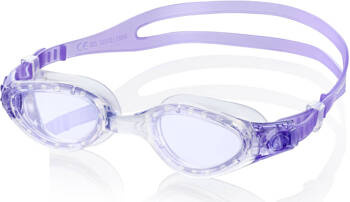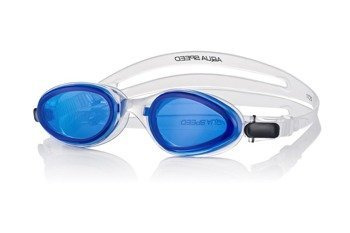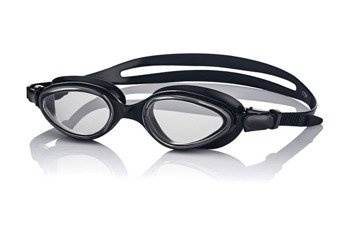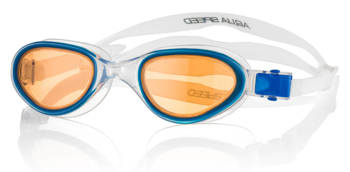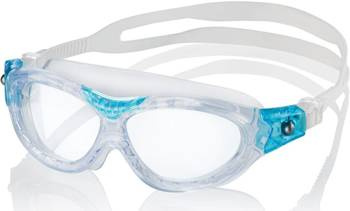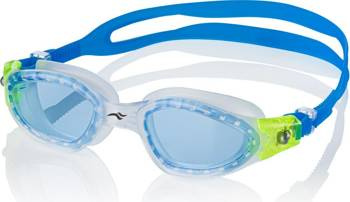How to Properly Put on Swimming Goggles?

How to Properly Put on Swimming Goggles? This question arises for anyone planning to swim in a pool or open waters. Swimming in a pool, lake, or sea without goggles can be uncomfortable due to eye irritation and stinging. How can you choose goggles to protect your eyes and enhance your swimming experience? Simply follow the tips below.
Swimming Goggles: Past and Present
Nowadays, swimming goggles are a staple piece of equipment for every swimmer. Even in the 14th century, people sought ways to protect their eyes and improve underwater visibility. Some sources suggest that Persian pearl divers used polished, translucent shells from turtle shells. However, swimming goggles became popular only in the 20th century. Initially, they resembled motorcycle goggles, with the main drawback being frequent leaks. Despite this, they were effective for the time, as swimmers often used the breaststroke with their heads above water. Later, as the crawl stroke gained popularity, paraffin and later rubber seals were added to goggles to protect eyes from water. Since the 1970s, when competitive swimming gained prominence, goggles have been permitted in sports competitions.
Are Swimming Goggles a Necessity?
It's worth considering why beginner swimmers under a coach's supervision are often encouraged to swim without goggles. Many new swimmers dislike this, as chlorine in pools or salt in seas and oceans can dry out and irritate eyes, causing discomfort, burning, or even sensitivity. However, this approach has a purpose: to eliminate panic in situations where sea waves splash water into your eyes during a vacation swim or when goggles fall off or leak during a race—a common issue for novice swimmers. Here’s a guide on how to properly wear goggles.
Six Steps to Put on Swimming Goggles
Step 1: There are several methods for putting on swimming goggles. Before starting, check that the strap tension is equal on both the left and right sides. The easiest way to do this is by adjusting the strap length so that the meeting point of the left and right straps is in the center. If this condition is met, neither lens should leak.
Step 2: Ensure the nose bridge is adjusted correctly. If it’s too large or too small, the goggles will leak.
Step 3: Once Steps 1 and 2 are complete, place the goggles convex side outward on your palms, with the right lens on your right palm and the left lens on your left palm. Your palms should be positioned between the strap and the goggles, as this affects the next step.
Step 4: Place the goggles over your eyes, pressing them gently against your face to ensure a good seal.
Step 5: Hold the goggles with the inner side of your palms and pull the strap over the back of your head with the outer side of your palms.
Step 6: Adjust the strap placement on your head based on personal preference. Most swimmers position it slightly above the middle of the head. This method is the most common for wearing swimming goggles, as it ensures they fit snugly and evenly over the eyes, preventing leaks or slipping.
Swimming Goggles: Tips for Use
Tip 1: If you have long hair, wear the goggles under your swim cap and place them above your ponytail to prevent slipping during swimming.
Tip 2: If you prefer wearing goggles over your swim cap, tighten them enough to prevent slipping during dives and turns. However, avoid overtightening, as it may cause discomfort or leave marks on your face after extended swimming.
Tip 3: Whether you use goggles with a gasket (like standard goggles), competition goggles, or Swedish-style goggles without a gasket, always wear them so they do not overlap the swim cap. Otherwise, they may leak.
Tip 4: Avoid scratching the inner coating of the goggles, as it prevents fogging. If the coating is damaged, use an anti-fog spray or apply saliva to the inner surface 15 minutes before swimming as a simple and effective solution.
We wish you the best of luck in your swimming journey, with as little water in your goggles as possible!




